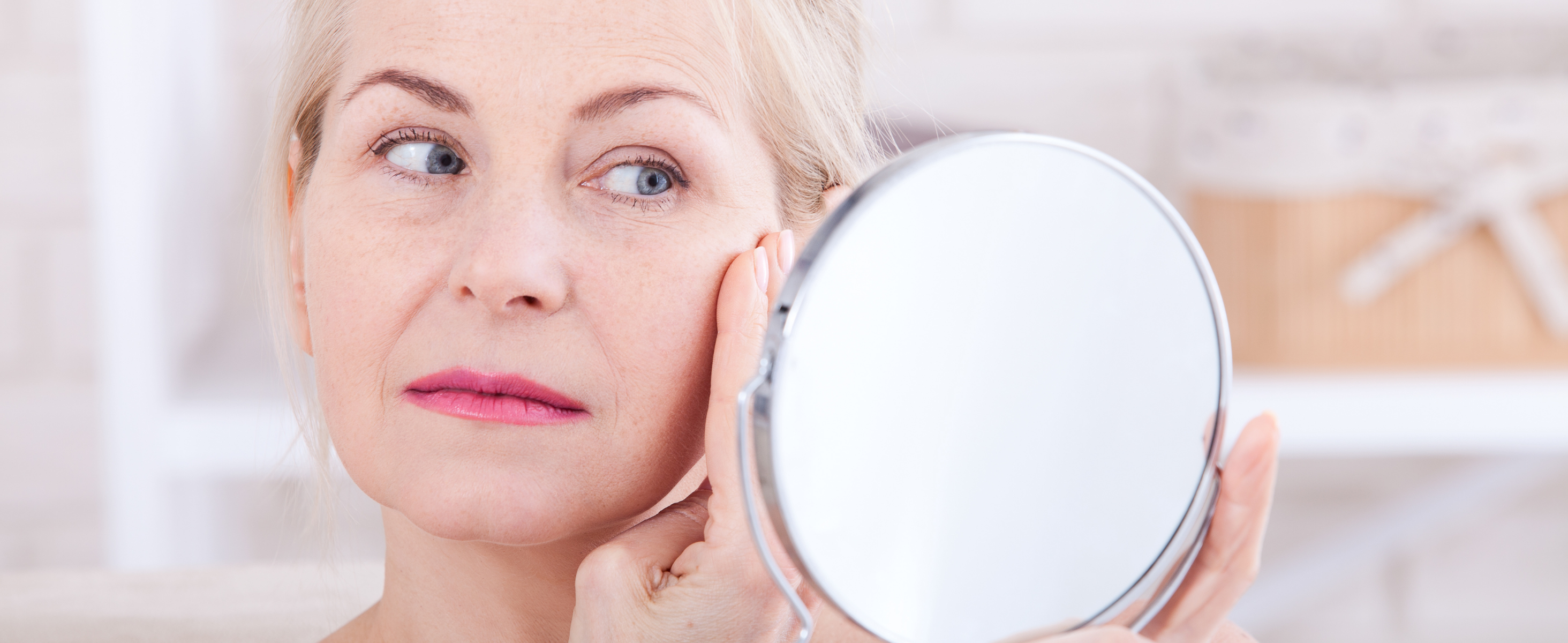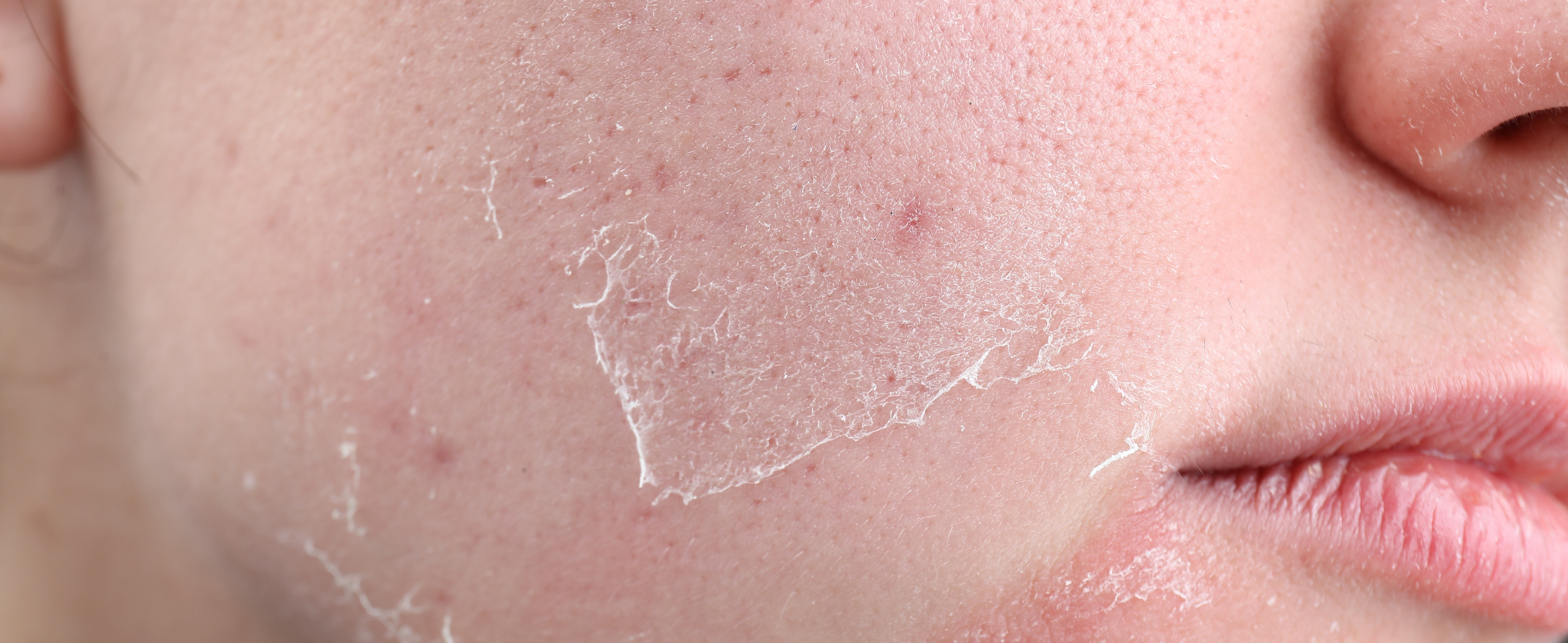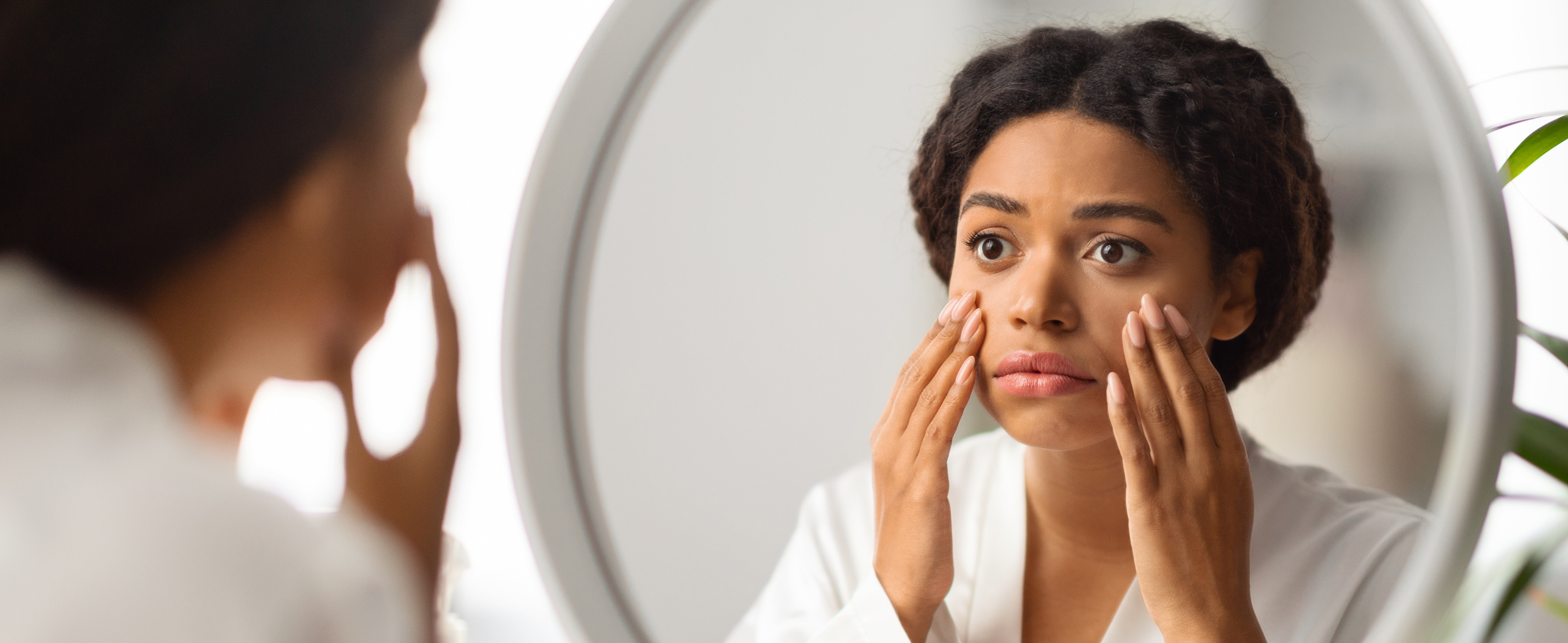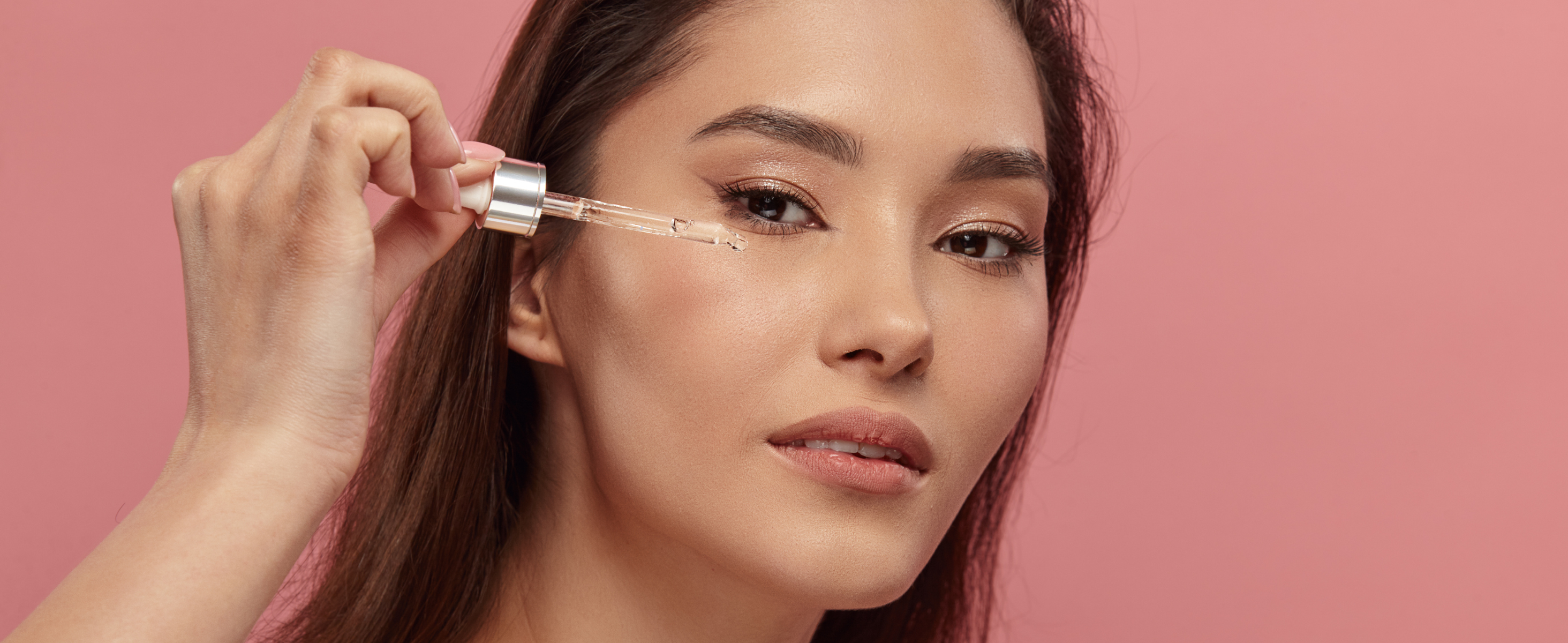Dark spots and melasma are two of the most common skin concerns—especially for those dealing with hyperpigmentation, hormonal changes, or long-term sun exposure. While both conditions are harmless, they can be stubborn, frustrating, and difficult to fade. Fortunately, dermatologists often turn to proven ingredients that target discoloration at its source and promote a more even-toned complexion.
If you're on a mission to reduce dark spots and melasma, knowing which ingredients to look for in your skincare products can make all the difference. Below are the top five dermatologist-recommended ingredients that truly deliver results.
1. Hydroquinone – The Gold Standard for Skin Lightening
Hydroquinone has long been considered the most effective skin-lightening agent for reducing the appearance of melasma and dark spots. It works by inhibiting tyrosinase, an enzyme involved in melanin (pigment) production, which helps fade existing discoloration and prevent new spots from forming.
- Best for: Stubborn dark spots and moderate to severe melasma.
- Usage tip: Hydroquinone is typically used in 2–4% concentrations and is available in both OTC and prescription formulas. It's often used short-term (up to 3–6 months) due to the risk of irritation or rebound pigmentation.
Pro Tip: Always pair hydroquinone with sunscreen. Without proper sun protection, pigmentation may return or worsen.
2. Tranexamic Acid – A Rising Star for Melasma
Originally used to reduce bleeding, tranexamic acid has gained popularity in dermatology for its ability to reduce melanin synthesis and calm inflammation—both major contributors to melasma. It’s available in oral, topical, and injectable forms.
- Best for: Hormonal melasma and post-inflammatory hyperpigmentation.
-
Benefits:
- Gentle yet effective
- Suitable for sensitive skin types
- Works well when combined with other brightening agents like niacinamide or kojic acid
Fun Fact: Studies show that tranexamic acid is particularly helpful in preventing melasma recurrence when used consistently over time.
3. Niacinamide – The Skin-Soothing Multitasker
Niacinamide (Vitamin B3) is a beloved ingredient known for its brightening, anti-inflammatory, and barrier-strengthening properties. It works by reducing the transfer of melanin to skin cells, which helps lighten dark spots over time.
- Best for: Mild hyperpigmentation and sensitive or acne-prone skin.
-
Why dermatologists love it:
- It doesn’t irritate the skin
- Boosts skin hydration
- Improves skin texture while reducing blotchiness
Niacinamide is often found in serums and moisturizers and can be used daily alongside other active ingredients.
4. Azelaic Acid – A Gentle but Effective Exfoliant
Azelaic acid is a naturally occurring acid derived from grains like barley and wheat. It has antibacterial, anti-inflammatory, and melanin-inhibiting effects—making it a great choice for treating dark spots caused by acne or melasma.
- Best for: Post-acne dark spots, rosacea-prone skin, and melasma.
-
Dermatologist-approved uses:
- Reduces discoloration gradually
- Minimizes clogged pores and redness
- Offers gentle exfoliation without harsh side effects
Note: Azelaic acid is commonly used in 10–20% concentrations and is safe for use during pregnancy, unlike some other brightening agents.
5. Vitamin C – The Brightening Antioxidant
Vitamin C (ascorbic acid) is one of the most well-researched ingredients in skincare. It not only inhibits melanin production but also protects skin from free radicals and UV damage, which can worsen pigmentation.
- Best for: Dull skin, sunspots, and early-stage melasma.
-
What to look for:
- L-ascorbic acid (the most potent form)
- Concentrations between 10–20% for optimal effectiveness
- Packaging in dark, airtight containers to maintain stability
Using vitamin C daily under sunscreen boosts your defense against sun-induced pigmentation and helps promote brighter, more even skin.
Bonus Tip: Don’t Forget Sunscreen!
Every dermatologist will agree: none of these ingredients will work effectively without consistent sun protection. UV exposure is the leading cause of pigmentation issues, and skipping sunscreen can undo months of progress.
- Look for broad-spectrum SPF 30 or higher.
- Reapply every 2 hours, especially if outdoors.
- Physical sunscreens with zinc oxide or titanium dioxide are ideal for sensitive or melasma-prone skin.
Bonus Tip: Don’t Forget Sunscreen!
Every dermatologist will agree: none of these ingredients will work effectively without consistent sun protection. UV exposure is the leading cause of pigmentation issues, and skipping sunscreen can undo months of progress.
- Look for broad-spectrum SPF 30 or higher.
- Reapply every 2 hours, especially if outdoors.
- Physical sunscreens with zinc oxide or titanium dioxide are ideal for sensitive or melasma-prone skin.
Final Thoughts
Dark spots and melasma can take time to treat, but with the right ingredients and consistency, visible results are possible. Whether you choose hydroquinone for a short-term boost or opt for gentler options like niacinamide or tranexamic acid, these dermatologist-recommended ingredients target discoloration safely and effectively.
As always, consider consulting a dermatologist to determine the best treatment plan based on your skin type and pigmentation severity. And remember—clear, radiant skin starts with patience, protection, and the right ingredients.









